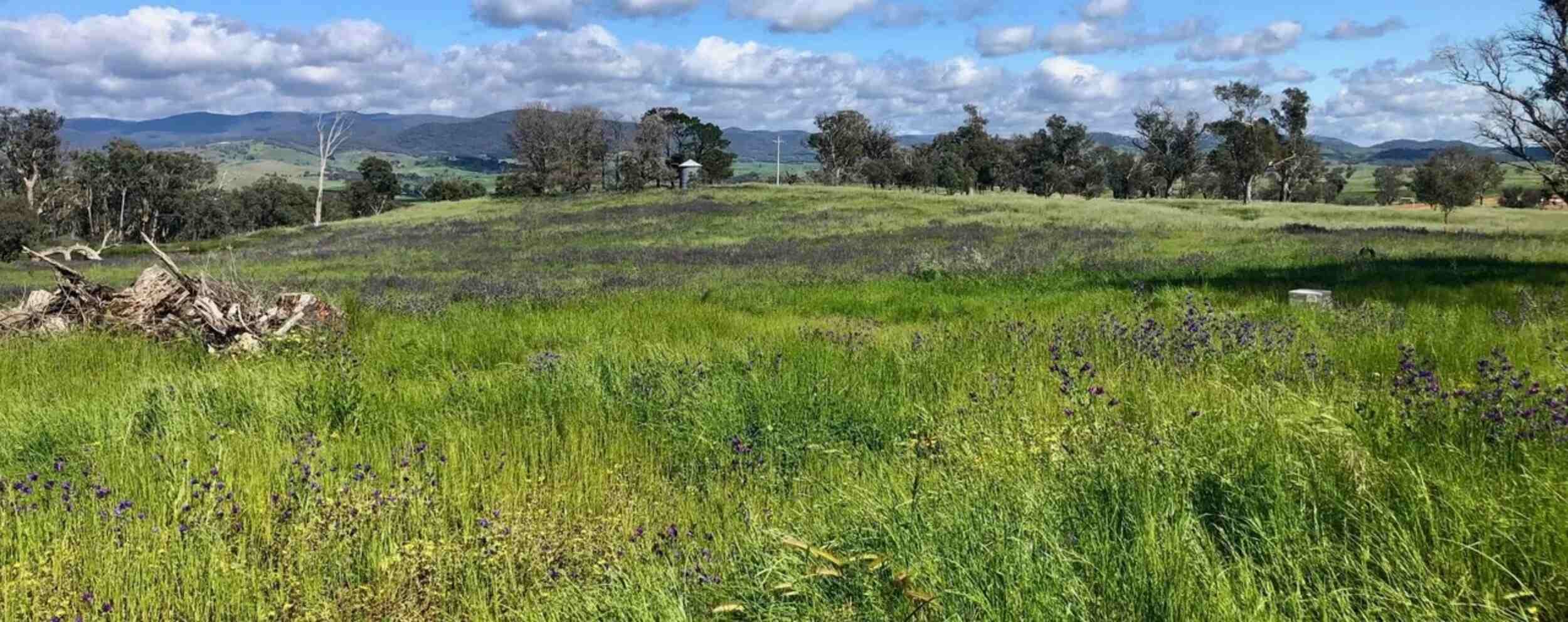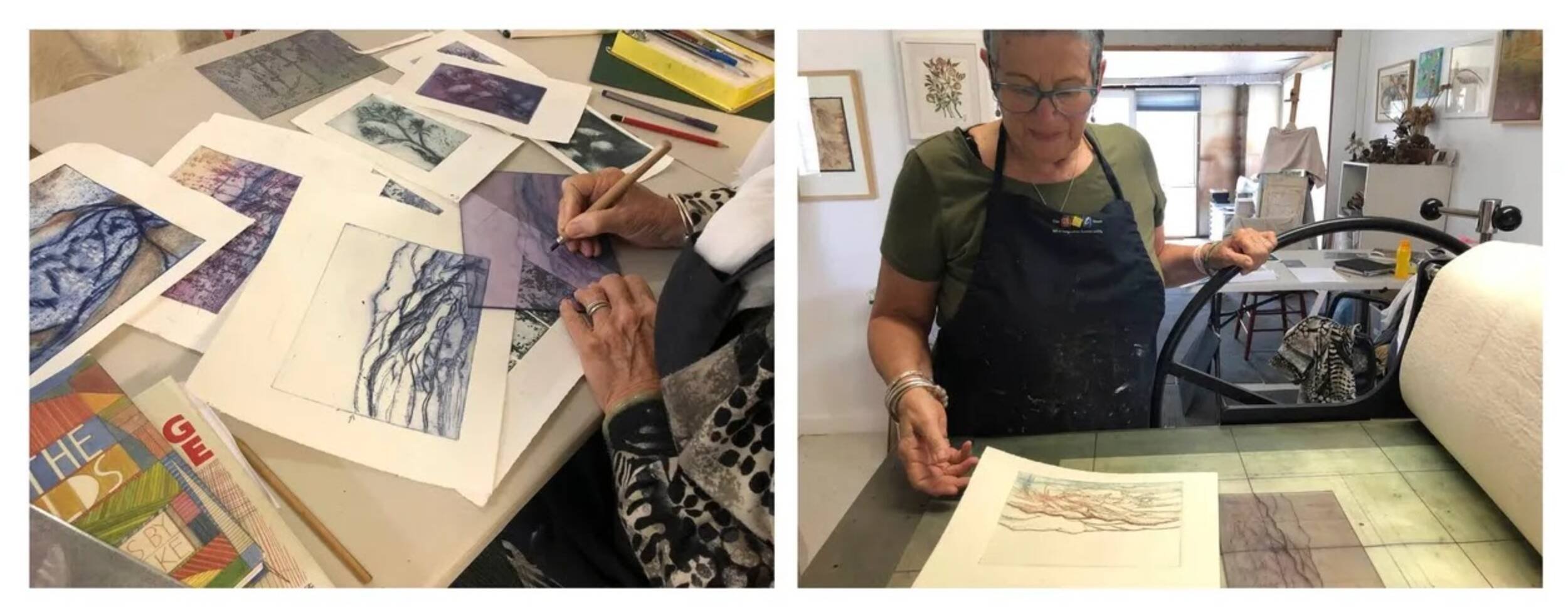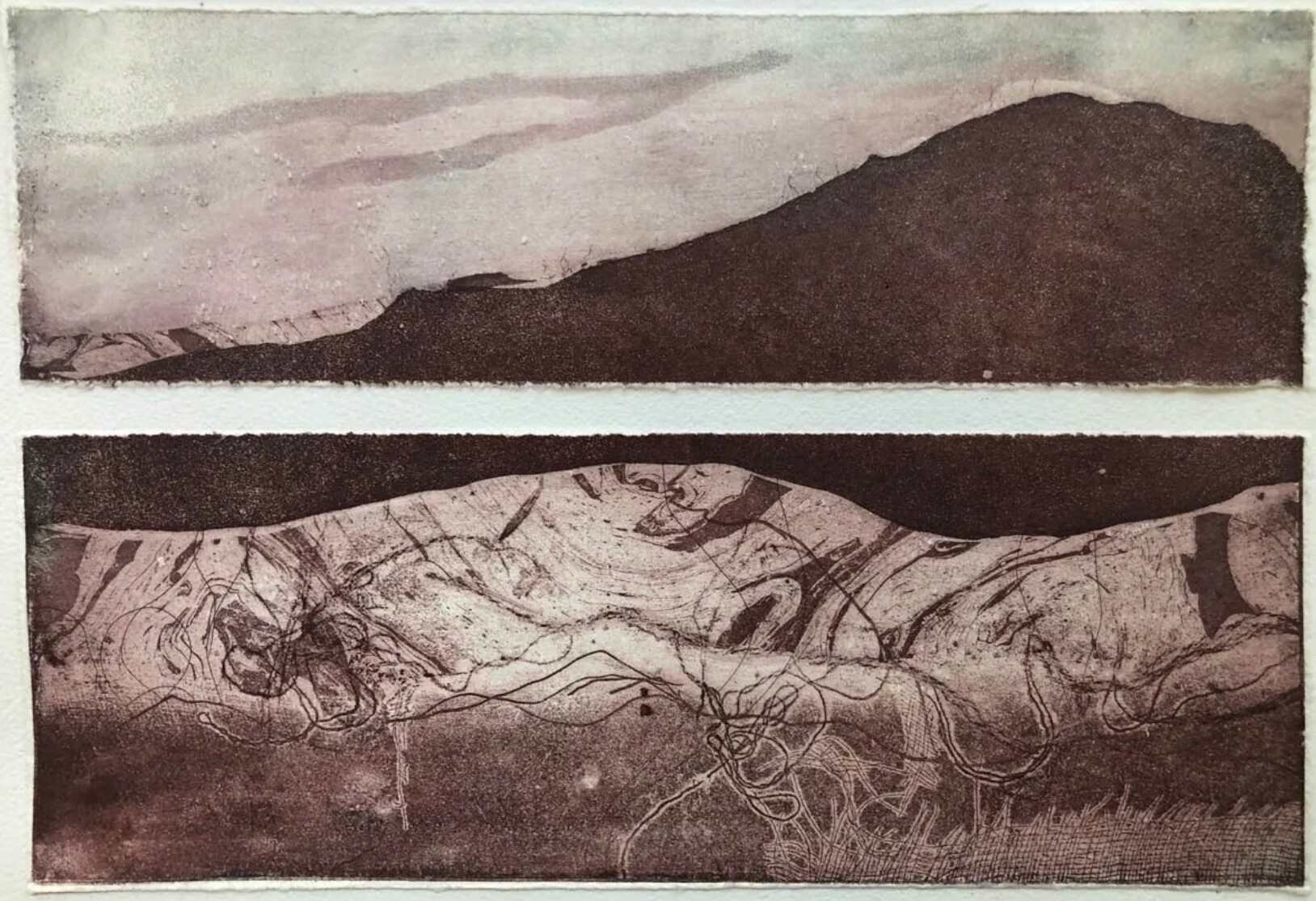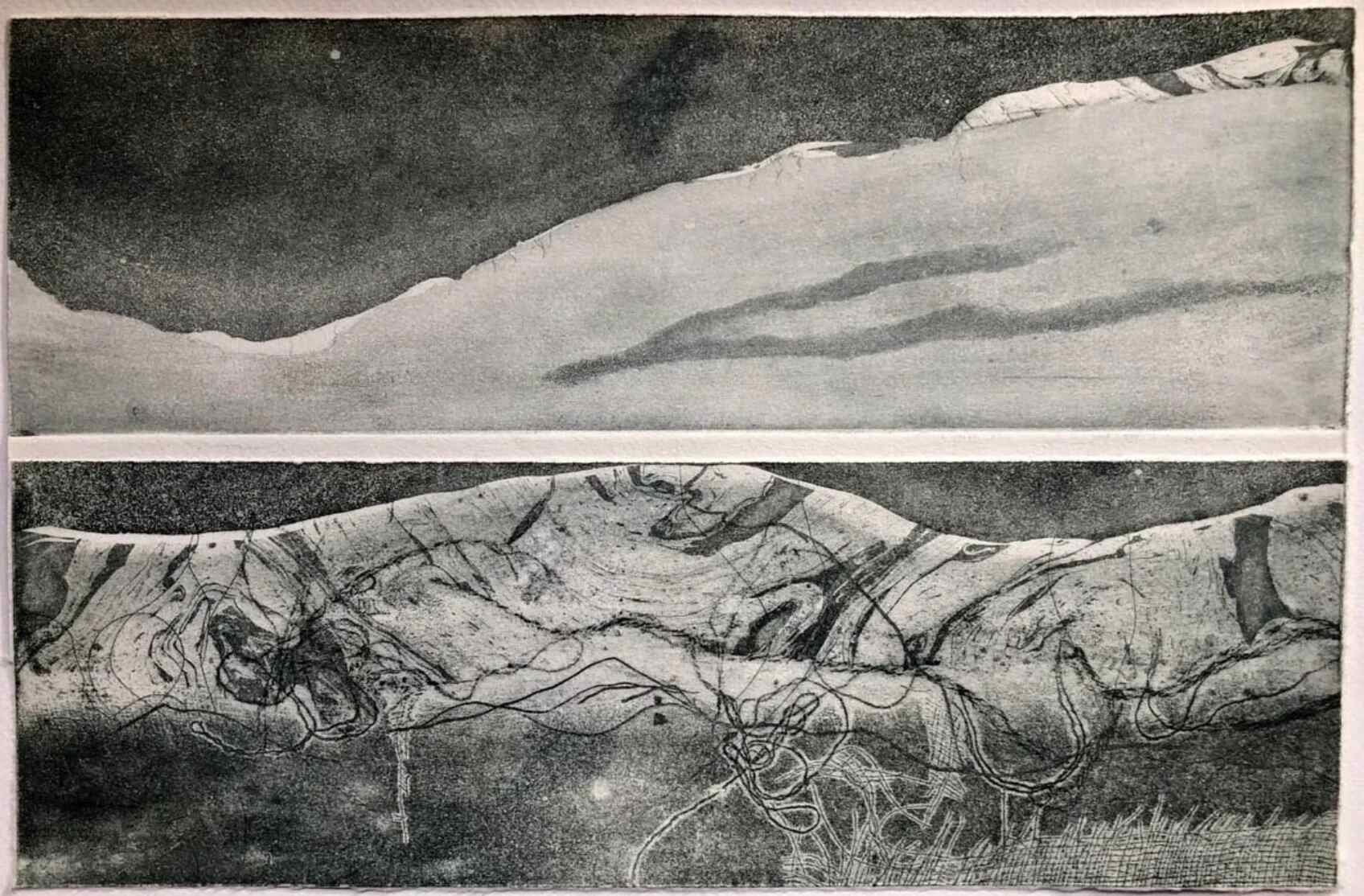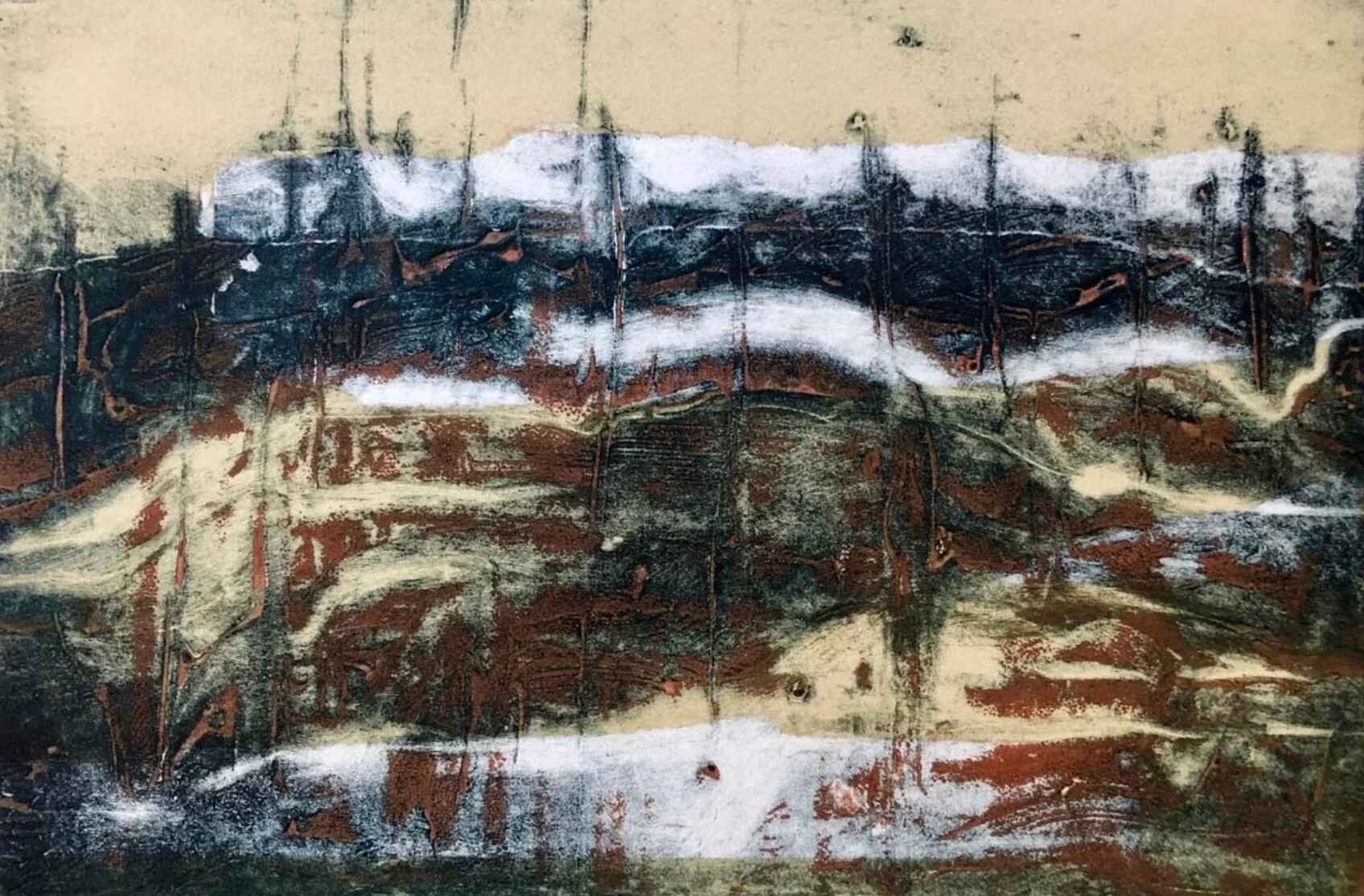Printmaking
Earlier this year I applied and was fortunate to receive a Professional Development Grant from the Shoalhaven Arts Board. I requested that I be funded to participate in an advanced skills printmaking workshop with Jo Hollier, a respected Canberra artist and art tutor in drawing, painting, etching and printmaking.
The workshop was to cover a broad range of Intaglio and Collography printmaking techniques. Exploring Intaglio, using zinc plate: line etching, and several techniques in aquatint. Dry Point etching and Collagraphy, processes I was familiar with would also be investigated.
Since retirement and leaving my job as an art teacher I have not had the use of a printing press and processes and products have evolved during this time. I felt that with a refresher of printmaking skills and a printmaking press I could delve more into a theme I have been exploring, which is working on a memory of landscape topography. I would not try to create what is physically there as it is more about how we ‘feel’ the world. The process will involve the opposition of strong, decisive marks to form vaguely familiar shapes and locations. We are more connected to land and place than we realise. We carry with us the memory of places we have known.
In October I headed off to Canberra and spent five artistically enriched days in one of my old haunts, Strathnairn Arts in the suburb of Holt. I lived no more than two kilometres from this tranquil rural setting for over thirty years and it gladdened my heart to come out to the studio each day to print. Canberra had had recorded rain and it was greener and the grass longer than had seen in all the sixty plus years I had lived in Canberra.
I was involved in Strathnairn Arts for several years and exhibited and sold my work with this Community Arts Association.
It was a very busy week and we worked mostly with Intaglio printing which is where the print is made from ink that is below the surface of the plate. The design was cut, scratched, or etched into the printing surface or plate, which in my case was Perspex, Coated MDF board and zinc plates.
I also created several collographs plates and prints. Collagraphy is a very versatile printing process in which a textured plate is inked up and put through a press. Different textures hold varying amounts of ink and print different tones.
Areas we covered were the preparation of the plate and techniques such as dry point on Perspex an MDF and with the Zinc plates. With the techniques of open bite, acquaint, burnishing and scraping, marbling, soft ground, sugar lift and the mixing of inks, etching and printing process. Environmental issues and health and safety of the artist are paramount and he inks we used were Calligo Safe wash inks, which have a very low toxicity. Cleaning is done with water and soap.
At the completion of the week I had created an interesting folio of prints and developed a working knowledge of the new inks and processes. I can now further develop my ideas and start to build up a body of work for exhibition.
A few prints on the theme of 'landscape topography'.
These prints were ripped and collaged to create this image.
The following is a Chine Collé Collagraph.

